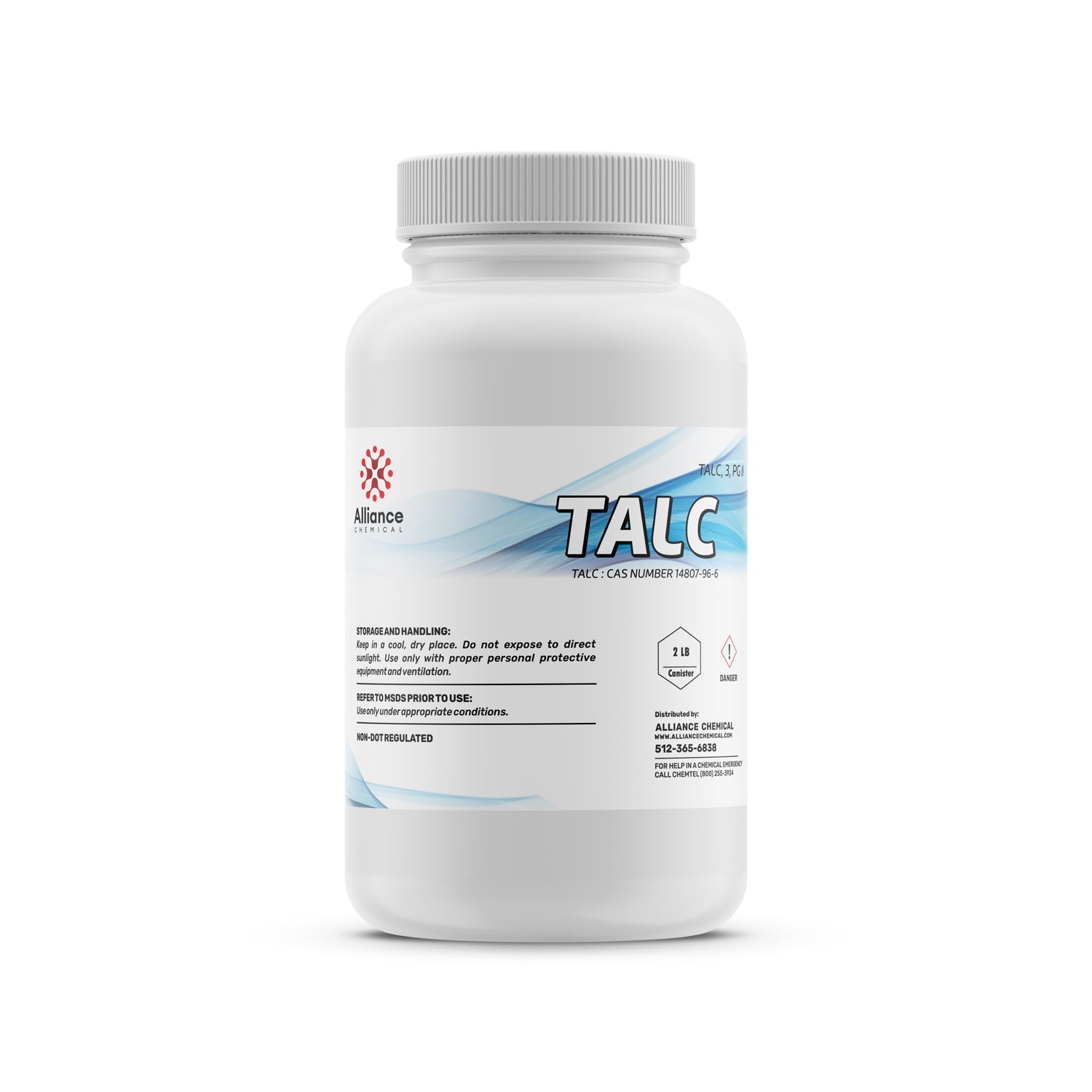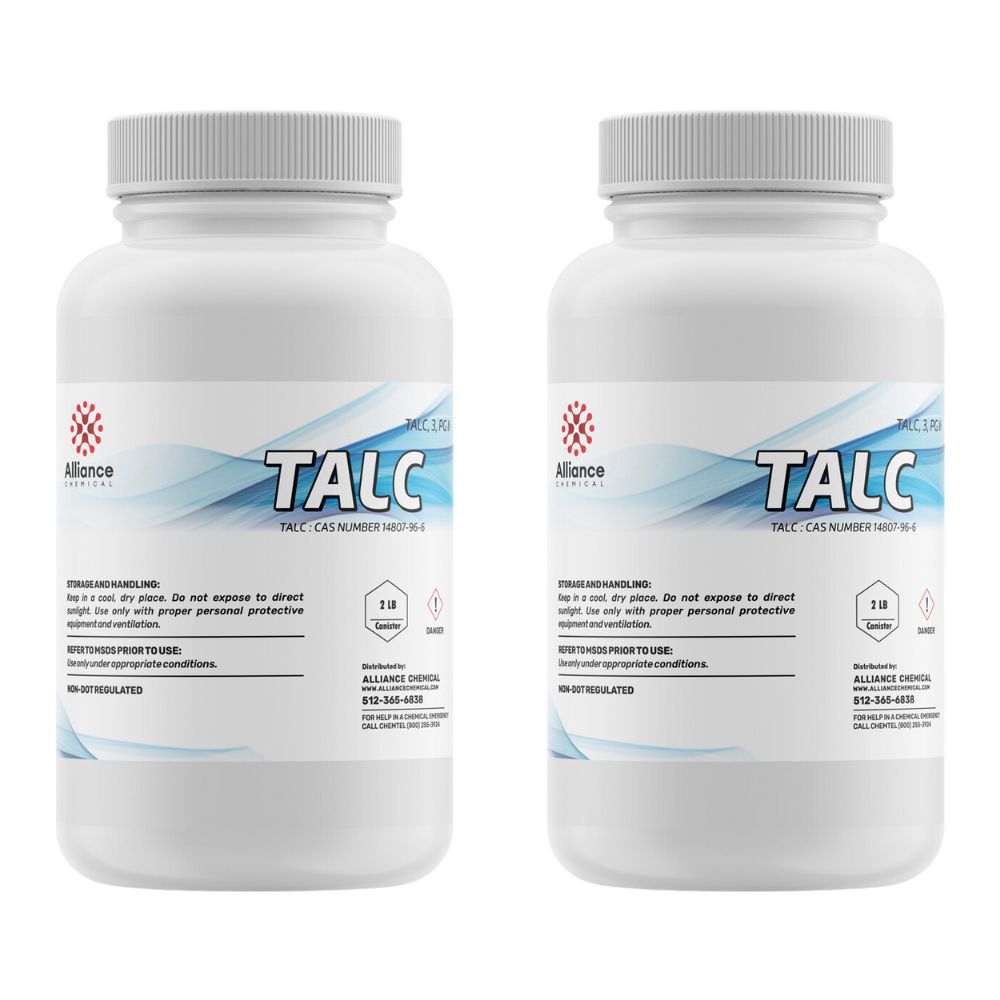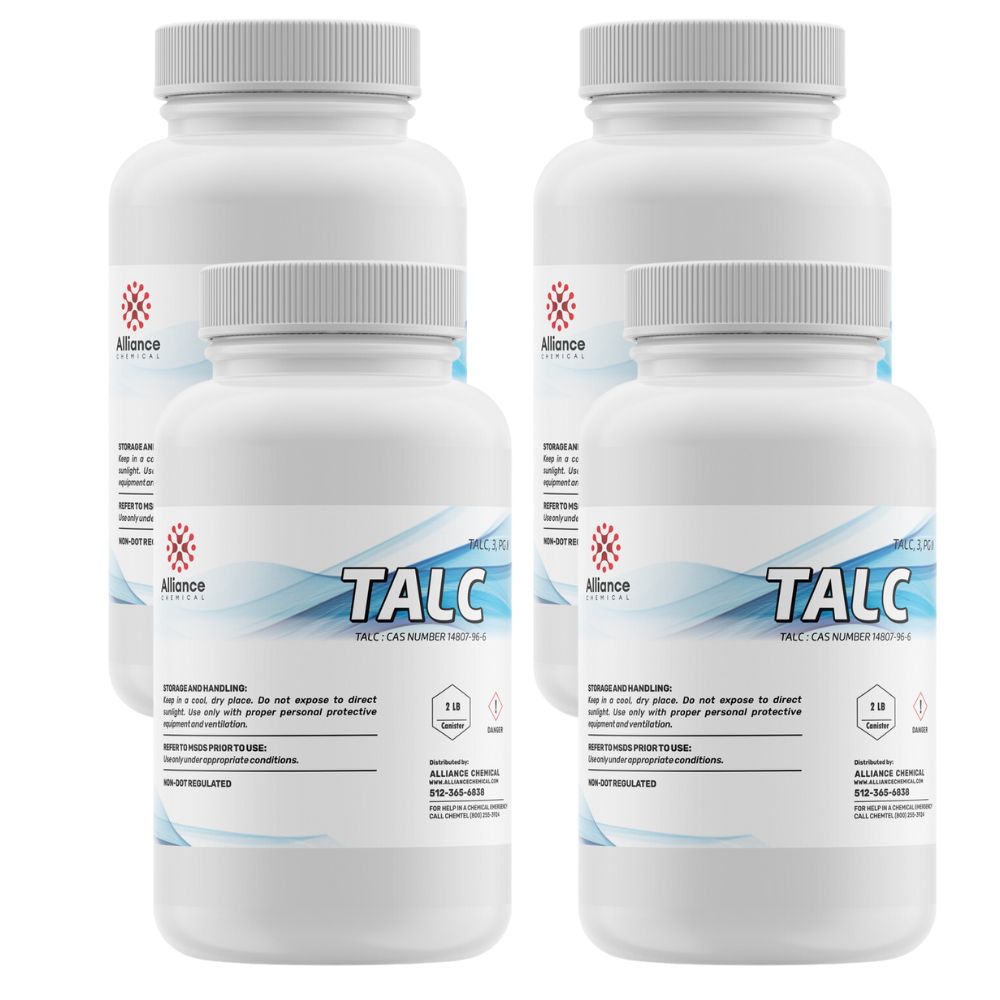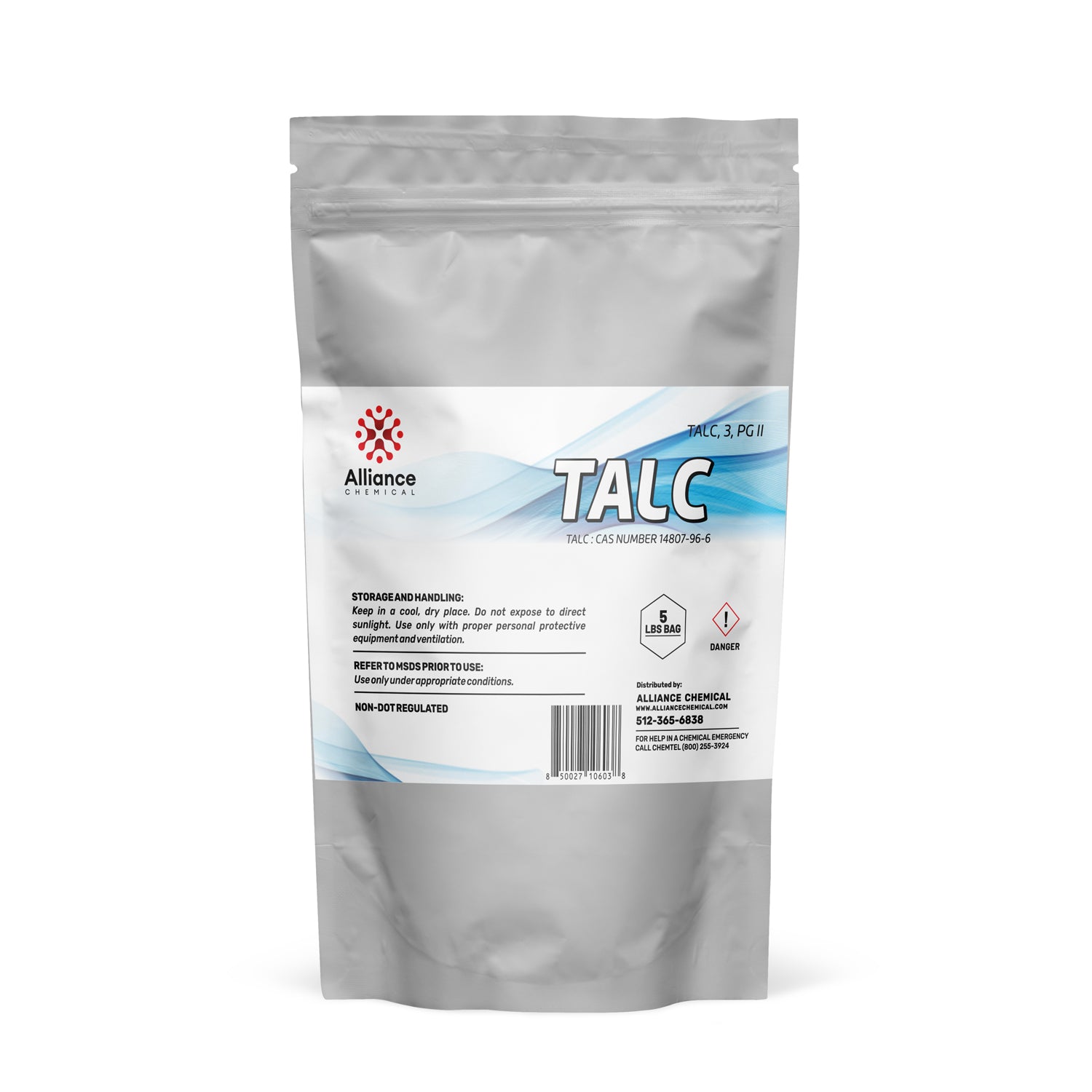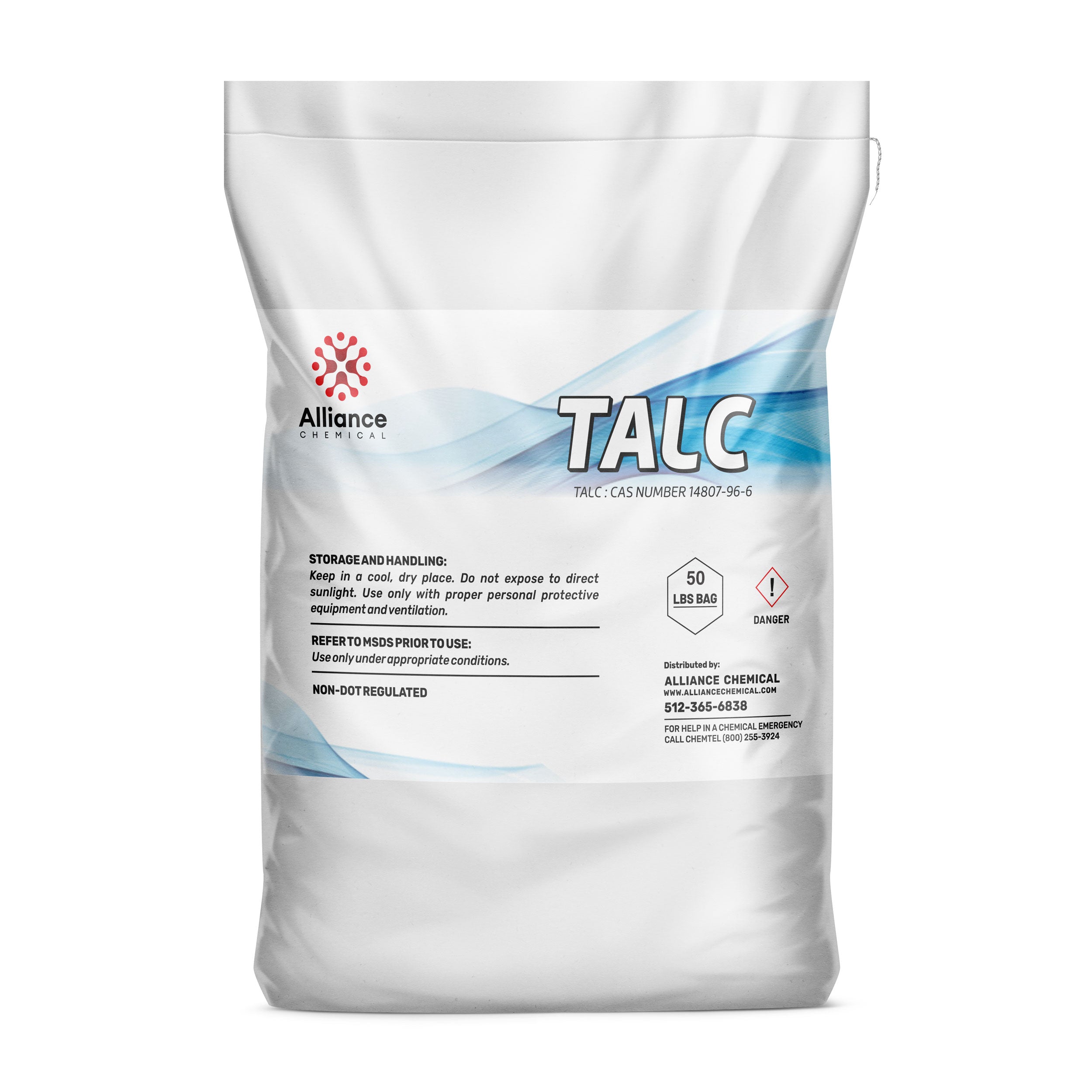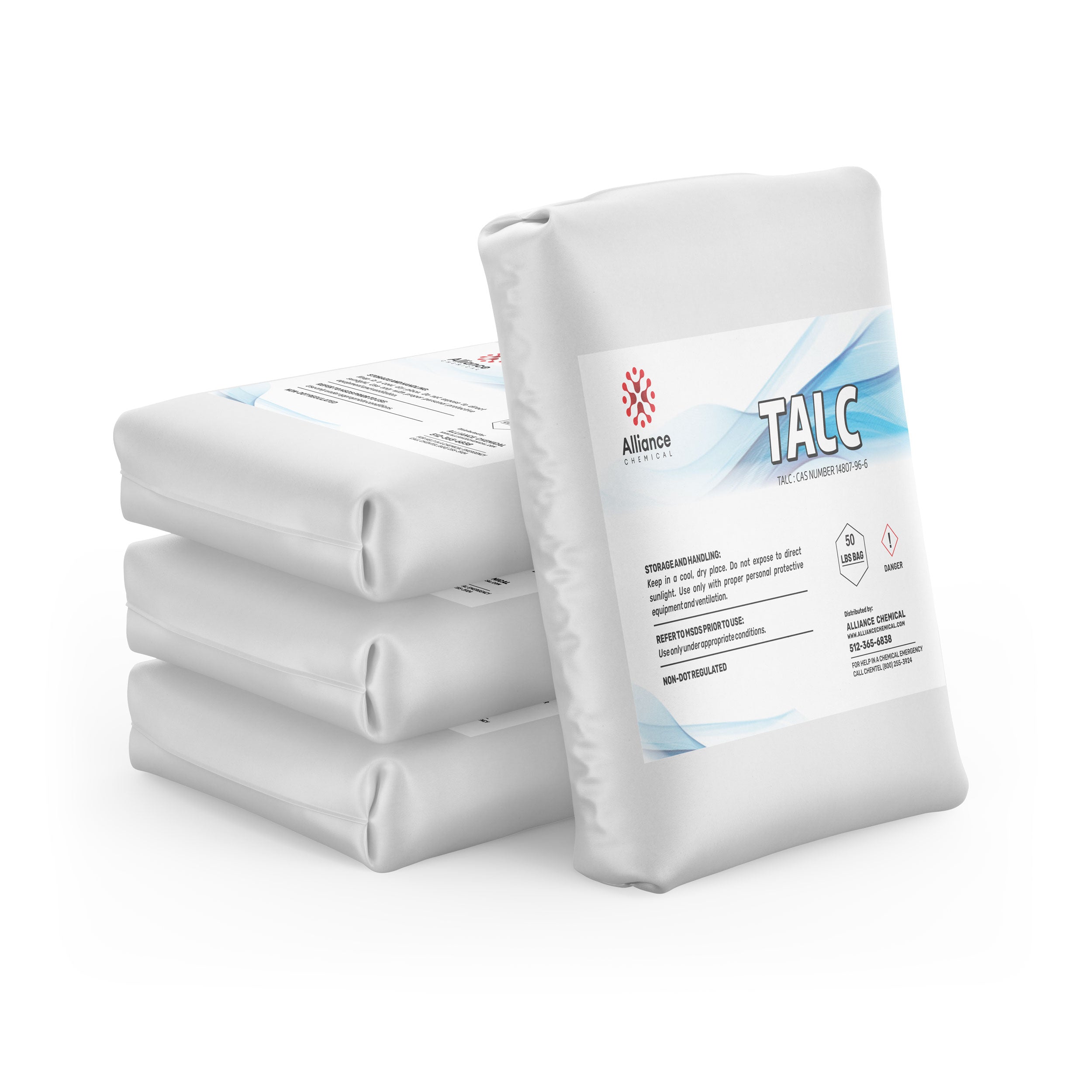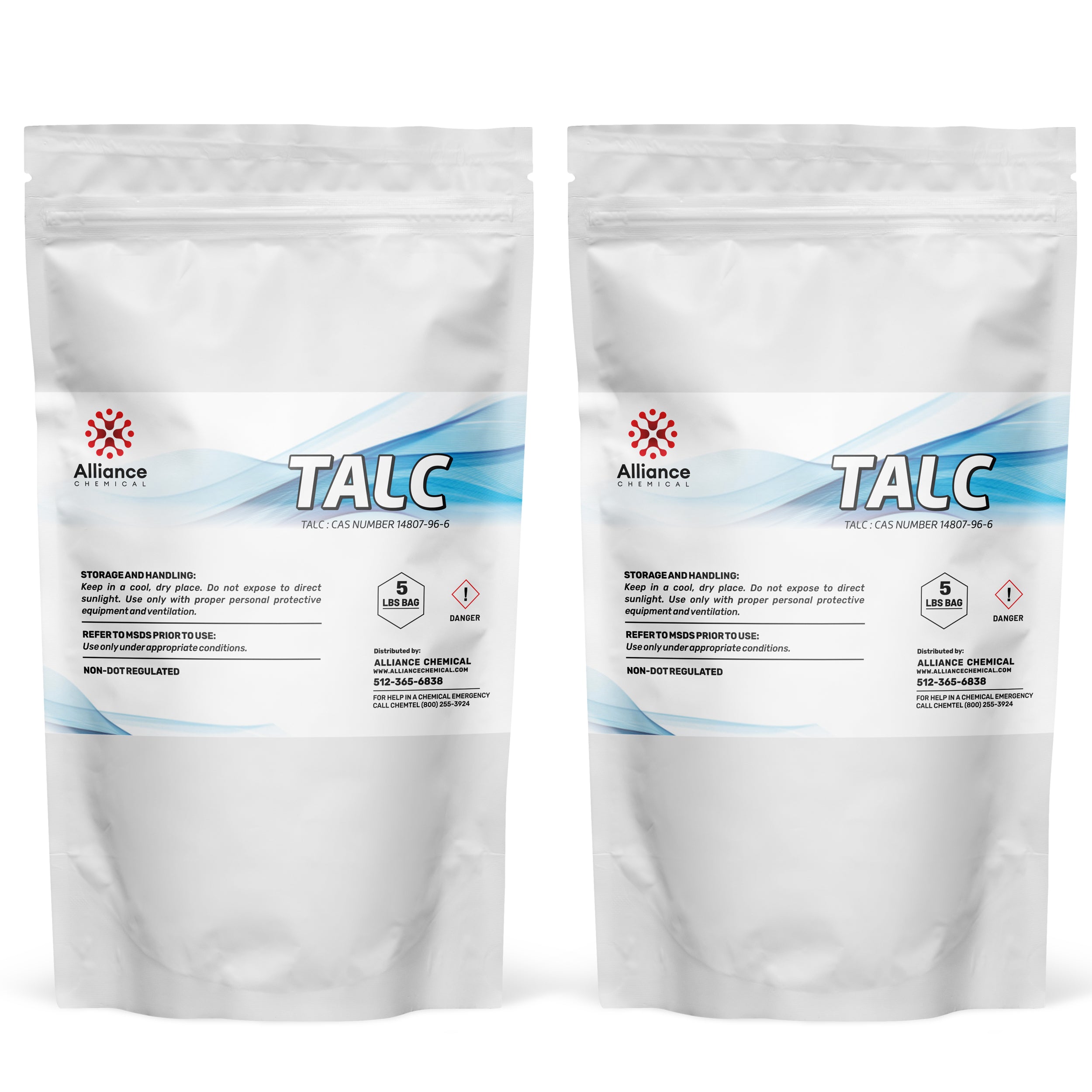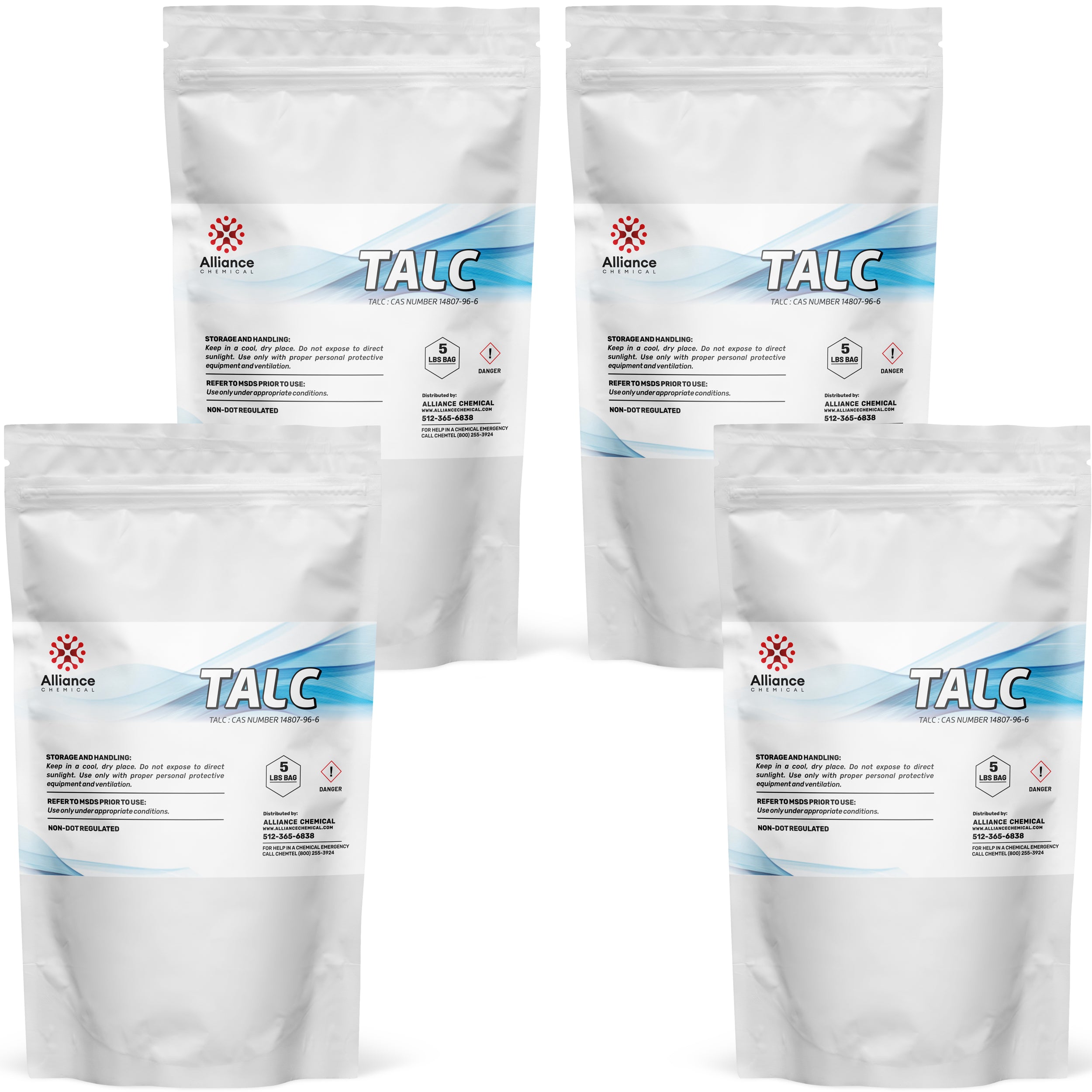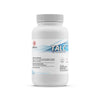Talc Powder - White Colored
Category : Inorganic Compounds
$22.00
Unit price
Quantity
Ask a question
Product Overview
Talc Powder - White Colored (synonyms: Talcum Powder, Magnesium Silicate) is a finely divided, naturally occurring mineral primarily comprised of magnesium silicate with the chemical formula Mg₃Si₄O₁₀(OH)₂. It exhibits a distinctive combination of softness, hydrophobicity, and exceptional lubricating properties that enable broad compatibility with polymers, coatings, papers, and rubber formulations. The material is supplied as a fine white powder with an appearance suited for high-purity industrial use, and it is characterized by a low moisture content under controlled storage conditions to preserve performance in dry powder formulations. Product specifications are prepared using ICP-OES and gravimetric methods to assess purity (assay wt%), with typical purity around 93% and a wide acceptable range (min 85%, max 98%).
In addition to its lubricating and absorbent characteristics, this talc grade provides controlled flow and dispersion in complex formulations, contributing to improved processability and end-use properties. The product meets USP-NF Monograph requirements and ASTM D4236 standards, reflecting its suitability for industrial and art-material contexts where defined particle quality and contaminant limits are critical. The material's specific gravity (~2.68 at 20°C) and low residue after ignition (typical 0.2%, max 0.5%) support predictable performance across diverse manufacturing environments.
Key Properties
- Property Name: Assay Weight Percentage (Purity)
- Chemical Formula: Mg₃Si₄O₁₀(OH)₂
- Molecular Weight: 62.39 g/mol
- Boiling Point: N/A
- Specific Gravity: 2.58–2.80 (typical 2.68) at 20°C
- Residue After Ignition: Max 0.5% (typical 0.2%)
- Chloride (Cl⁻): Max 50 ppm (typical 20 ppm)
- Nitrate (NO₃⁻): Max 50 ppm (typical 20 ppm)
- Ammonium (NH₄⁺): Max 20 ppm (typical 5 ppm)
- Sulfate (SO₄²⁻): Max 100 ppm (typical 40 ppm)
- Phosphate (PO₄³⁻): Max 50 ppm (typical 10 ppm)
- Arsenic (As): Max 0.5 ppm (typical 0.05 ppm)
- Heavy Metals (Pb): Max 1 ppm (typical 0.2 ppm)
- Iron (Fe): Max 0.2 ppm (typical 0.05 ppm)
- Copper (Cu): Max 1 ppm (typical 0.2 ppm)
- Manganese (Mn): Max 2 ppm (typical 0.5 ppm)
- Nickel (Ni): Max 1 ppm (typical 0.2 ppm)
- Zinc (Zn): Max 2 ppm (typical 0.5 ppm)
- Aluminum (Al): Max 5 ppm (typical 1 ppm)
- Chromium (Cr): Max 2 ppm (typical 0.5 ppm)
- Cobalt (Co): Max 1 ppm (typical 0.2 ppm)
- Calcium (Ca): Max 2000 ppm (typical 800 ppm)
- Magnesium (Mg): Max 2000 ppm (typical 1200 ppm)
- Potassium (K): Max 150 ppm (typical 50 ppm)
- Sodium (Na): Max 150 ppm (typical 50 ppm)
- Moisture (Water): Max 0.5% (typical 0.2%)
Common Applications
- Application Category: Filler in Plastics – Used to improve mechanical properties, dimensional stability, and cost-efficiency in PVC, polyethylene, and engineering polymers, while aiding dispersion and surface finish.
- Cosmetic Ingredient: In cosmetic formulations, Talc provides oil absorption, smooth texture, and slip, enabling stable emulsions and improved product feel in powders, creams, and sticks.
- Paper Coating: Serves as a coating pigment to enhance brightness, opacity, and print quality, with controlled refractive properties and improved calendering performance.
- Lubricant in Rubber: Acts as a processing aid to reduce mold wear, improve flow, and lower friction during extrusion and vulcanization of rubber compounds.
- Anti-caking Agent: In powdered foods and related products, talc acts as a flow aid to prevent clumping and improve handling during packaging and dosing (note usage is subject to regulatory allowances).
Safety Precautions
Handling and storage should follow standard industrial hygiene practices. Store in a cool, dry place away from moisture and direct sunlight, in containers compatible with HDPE or glass and tightly sealed to prevent contamination. Use appropriate PPE including dust masks or respirators, safety goggles, and gloves during handling to minimize inhalation and dermal exposure. Maintain adequate local exhaust ventilation in processing facilities to control airborne dust, and implement housekeeping measures to prevent dust accumulation.
Additional safety considerations include compliance with SDS guidance: the product is labeled with a WARNING signal word and is not classified as hazardous under GHS in its current form; routine exposure controls and emergency procedures should align with standard talc handling practices. In case of contact with eyes or skin, flushing with water and seeking medical attention if irritation persists is advised; in the event of inhalation or ingestion, move to fresh air and seek medical attention as needed. Transport is not regulated for this product under standard classifications.
Benefits
✔ High Purity and Consistency – The assay range (85–98% with typical 93%) and controlled impurity profile ensure predictable performance across industrial formulations.
✔ Excellent Lubrication and Absorption – Talc’s hydrophobic surface and softness reduce friction and aid moisture management in composites, papers, and cosmetics.
| Property | Value |
|---|---|
| Molecular Weight | 379.26 g/mol |
| Formula | Mg3Si4O10(OH)2 |
| Grade | Industrial |
| Form | Solid |
| Solubility | Water insoluble |
| Appearance | Fine powder, soft texture |
| Melting Point | 1500 °C |
| Boiling Point | 1744 °C |
| Specific Gravity | 2.75 |
| Industry | Industrial |
Compare Products
| Price |
|---|
| SKU |
| Rating |
| Discount |
| Vendor |
| Tags |
| Weight |
| Stock |
| Short Description |

